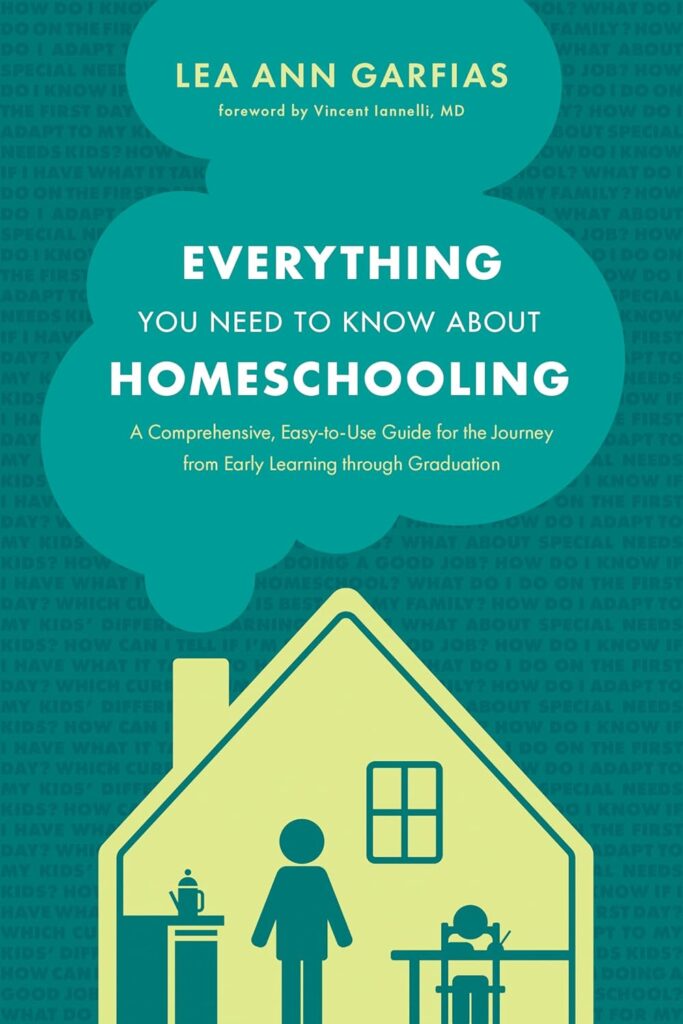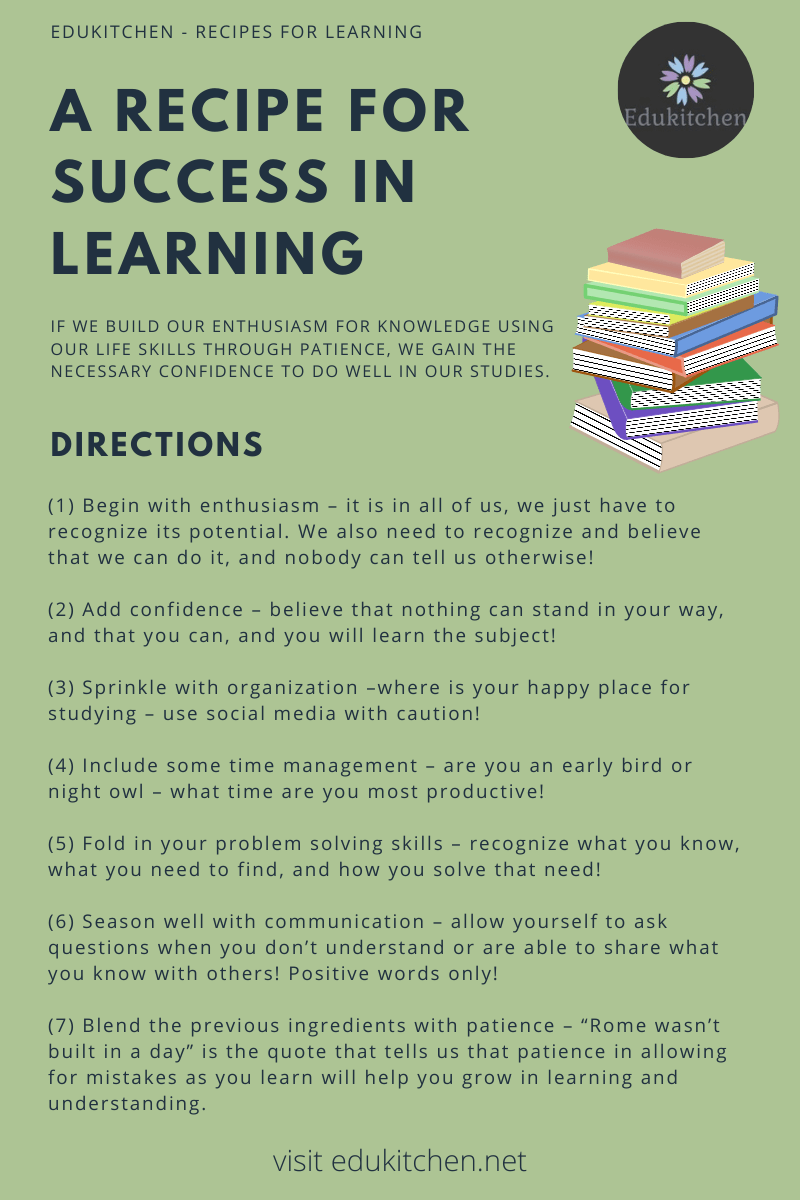In this article we share effective 5 classroom management strategies for homeschooling parents to use to help keep a classroom type routine and avoid creating a noisy enviornment.
If parents are only schooling one child at home, then these strategies can be more about creating routines in the day.

Parents who are homeschooling more than one child can appreciate any help in avoiding what could be a noisy situation during the day. Classroom management should be the focus of the first week into the classroom.
Classroom Managment Infographic
Infographics are a great resource to display in the classroom because they summarize topics ideas that need to be reinforced again and again.
When students see the benefits to classroom management they will be reminded to follow rules and keep behavior in check.
Join my TpT store community to download your copy of this infographic.

Free Classroom Management Guide
Sign up today and download your FREE copy of our “classroom management guide” that includes a guide to classroom rules, a classroom readiness checklist, and activities you can do with your children on the first day of ‘school’.

How to Create a Homeschool Classroom
This blog contains affiliate links to highlighted websites and/or resources. By clicking on the link and making a purchase we may earn a small commission at no extra cost to you. Click here for full disclosure.
Our classroom management stategies guide help set the stage for a safe classroom environment and community.
But what about creating an effective homeschool classroom if you have never set one up before?
The author of Everything You Need to Know About Homeschooling, Lea Ann Garfias outlines approaches to calm students down so they begin to listen and respond to what the teacher has to say.

As Lea Ann says, this book will help new homeschooling parents understand the intrict works of setting up a homeschool classroom, especially after the global pandemic of 2020. Lea Ann is a homeschool graduate herself, and homeschools her six children. She helps answer most commonly asked questions around homeschooling children.
To see other valuable resources from Lea Ann Garfias, follow her, as we have done, on Amazon today!
In the early days of a new school year, a teacher must focus on classroom strategies for their sake and the sake of the students themselves.
The consequences for overlooking this important aspect to teaching will have serious negative impacts to learning.
5 Classroom Management Strategies for Homeschooling
Five important classroom strategies include:
1. Creating a Safe Classroom Environment
2. Establishing Effective Classroom Rules and Routines
3. Establishing Easy Transitions
4. Using Silent Cues
5. Harnessing Teacher Intuition
Proper classroom management strategies at any level in education works best when the teacher works with the students to establish certain ground rules.
What to Consider When Building Classroom Management Strategies
When it comes to rewards and consequences, parents should include their children in the discussion, and should not promise unattainable responses for either rewards or consequences.
Parents should NOT break their personal bank accounts in handing out rewards, but instead offer up rewards that have significant meanings to students and are worth their effort.
Parents must NEVER make promises of rewards, and then not follow through with such promises. For example they should not promise bonus points on a test question, and then not deliver.

Just as important, parents should NEVER offer a consequence that is not feasible for the child or parent to carry out. Parents should be conscious of the fact that often times when punishing their children they often end up punishing themselves. We will now look at how to approach classroom management for children at different stages of their development.
In looking at the different levels of education, the one common thread is that the teacher and students should work on the strategies together. The different approaches to classroom management strategies will vary with how much attention students give towards their teacher.
Classroom Management & The Primary School Level
Children at this level can be tasked with simple classroom jobs as it makes them feel like they belong and a sense of responsibility.
Visit our TpT store to download this and many more of our resources around classroom management.
They are accepting of rules presented by the teacher-parent, so there is no need to negotiate which rules make it to the list. Consequences should revolve around showing what actions make students happy or sad, and that students want to be happy and not sad.
Classroom Management & The Middle School Level
The tides begin to turn at this stage of learning as preteens begin to focus on being pleasing to their friends rather than the teacher-parent.
This means that the parent needs to become more of an expert in negotiations between two choices, making one choice (the recommended one) seeming to be much more appealing than the other. Students at this stage assume much more responsibility in forming proper classroom rules and procedures as such that the teacher is seeing a class essentially run itself.

The students help to determine the rewards and consequences that the students function as a team and that any consequences may reflect badly on the class instead of one individual. Students may take ownership of their consequences by writing why they are receiving the consequence and in understanding that this goes into their portfolios for the class.
Classroom Management & The High School Level
The teacher-parent at this level is mainly the mediator as negotiations are much more decided among their children and respect for the teacher-parent returns, if the parent is versed in communication and knowing when to step in to mediate the negotiations. Since the students at this stage are fully aware of how consequences may impact on their reputation and/or grades, there is no real need to emphasize consequences other than the first day of school.

Students may understand that any official consequences may be recorded in their official records that could impact on their future educational careers.
Classroom Management Video
Watch our video to see how the classroom management strategies in the traditional classroom can also apply to the homeschool classroom.
Classroom Related Topics
Getting your classroom ready also helps with classroom management since it is the beginning of establishing a safe learning environment.
Learn more about getting your classroom ready by clicking here.
Classroom management done correctly brings as sense of comfort to the class, much like the comfort that comes from a good meal in the kitchen.
Click here to learn more about how the kitchen connects to the classroom.
Connect to our other pages as you navigate through our website. Explore what these pages have to offer you and you will be glad you did.
- The Classroom Management vs Discipline Debate
- How to Use Formative Assessments in the Homeschool Classroom
- 7 Tips for Homeschool Lesson Planning
- 5 Important Tips for New Homeschooling Teachers
- The Influence of Parents on Education Policy
- 7 Ways Teachers Connect With Online Learning
Join Our Newsletter Community Today!

Final Thoughts…
Classroom management is very important to both the teacher and the students in the classroom. It should not dismissed by the teacher because they expect students will stay well-behaved during the entire class.
Teachers who encourage students to become part of the classroom in setting up a positive learning environment find that it benefits both students and the teacher, because the time spent in the classroom can be used effectively when it comes to learning.
This also helps when building the teacher – student relationship in making learning easier.
When students are ready to learn the teachers can improve their teaching strategies effectively in the classroom.
Share Your Thoughts!
We would like to hear from you! Let know your thoughts in the comments below on classroom management strategies in the classroom.



